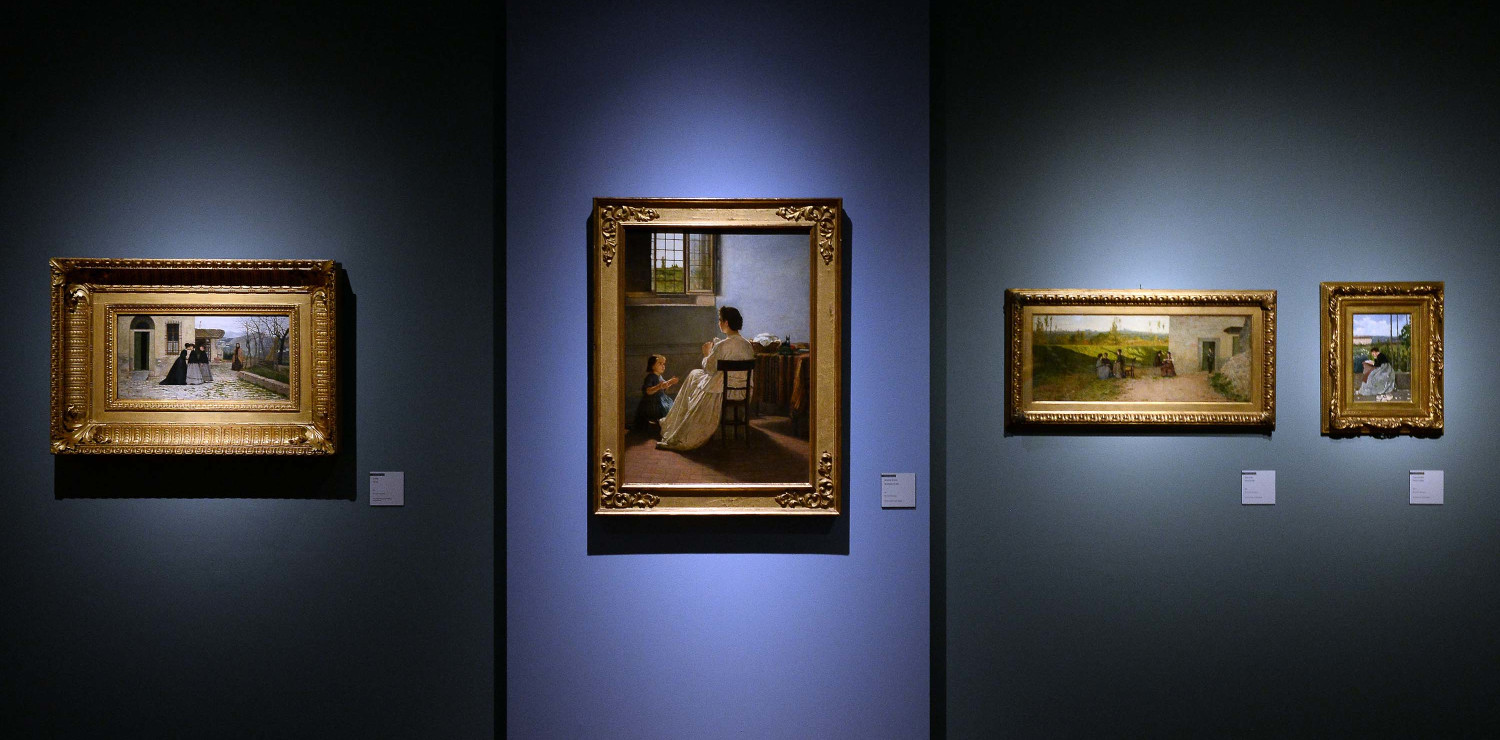The Macchiaioli at Palazzo Blu
Until 19 March a major retrospective with over 120 works from leading museums and private collections
The exhibition I MACCHIAIOLI, at Palazzo Blu in Pisa, until until March 19 - produced and organised by Fondazione Palazzo Blu and MondoMostre, with the contribution of Fondazione Pisa - traces the exciting evolution and at the same time revolution of the Macchiaioli, who gave life to one of the most original avant-gardes in Europe in the second half of the 19th century (discover HERE all the other exhibitions not to be missed in Florence and here all you need to know about Palazzo Blu).
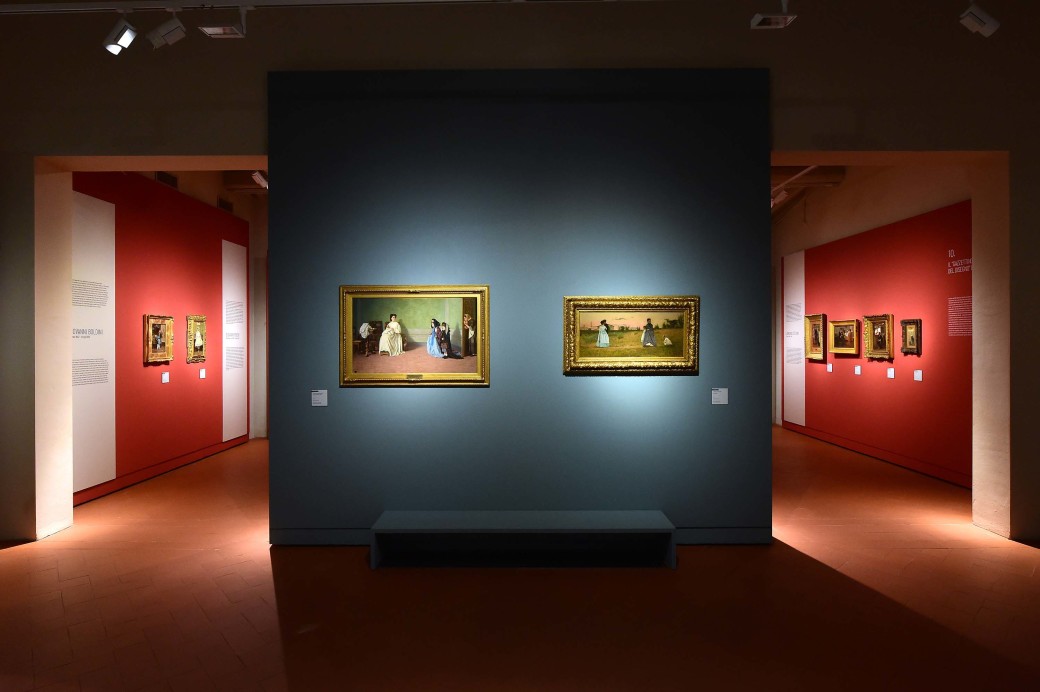 Macchiaioli
Macchiaioli A retrospective of over 120 works, mostly masterpieces from private collections, usually inaccessible, and from important museum institutions. This important pictorial movement became popular, reaching a wider public, over fifty years ago thanks to the now historic exhibition at Forte Belvedere in Florence.
 Fattori Il campo italiano dopo la battaglia di Magenta
Fattori Il campo italiano dopo la battaglia di MagentaStarting from the elaboration of the principles of European realism formulated by Gustave Courbet and Pierre-Joseph Proudhon and perfecting the expressive tool of the 'macchia' taken from the example of the Venetian 16th-century painters, the Macchiaioli ventured on the path of light, painting their contemporary reality in the simplicity of the natural scenarios they had direct experience of.
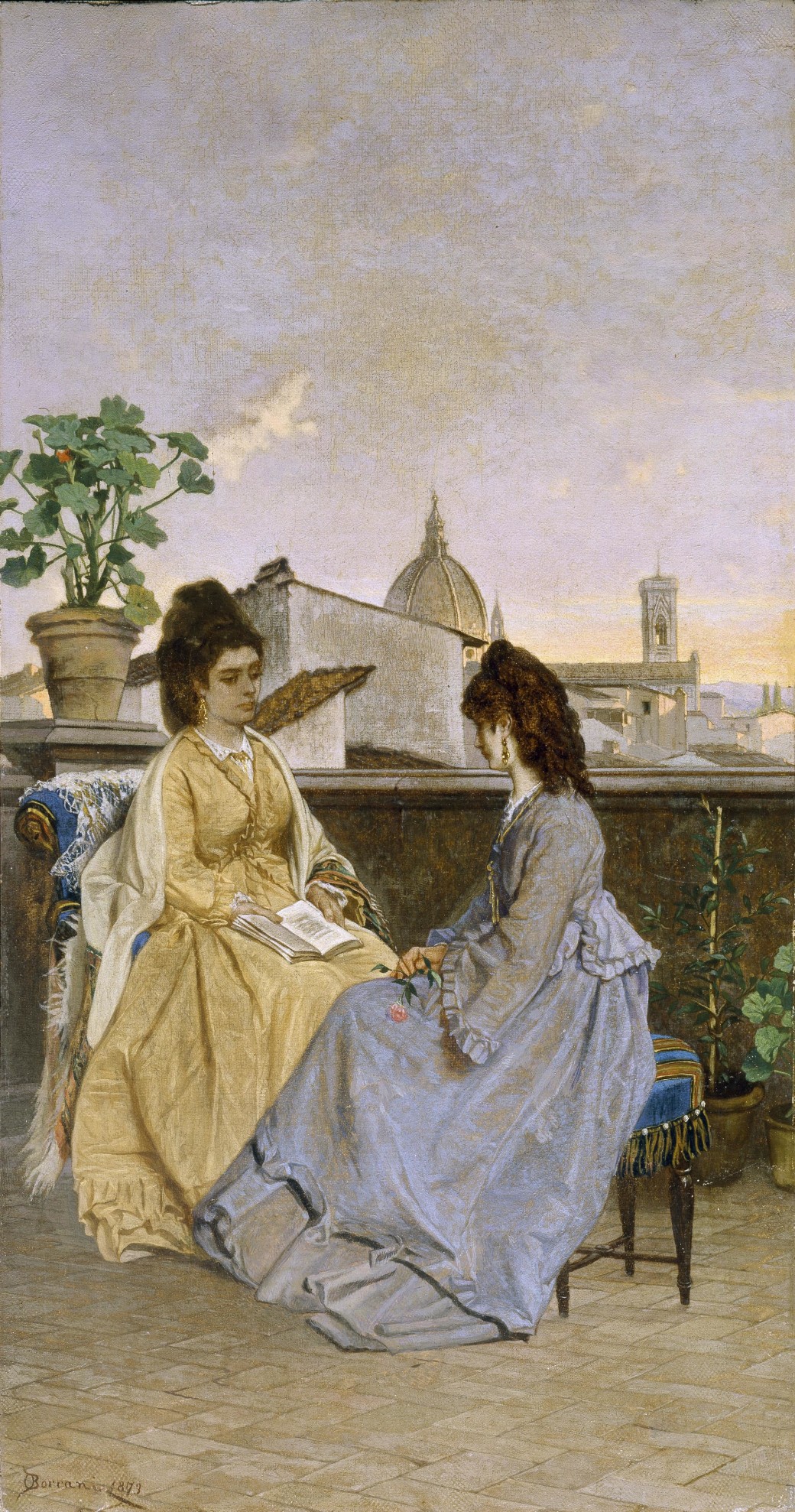 Borrani Conversazione in terrazza
Borrani Conversazione in terrazzaThe exhibition at Palazzo Blu, divided into 11 sections, recounts the exciting adventure of a group of young, progressive painters, Tuscan and otherwise, who - eager to distance themselves from the academic institution in which they were trained, under the influence of important masters of Romanticism such as Giuseppe Bezzuoli and Francesco Hayez - soon came to write one of the most poetic and daring pages in the history of art, not only Italian.
And it is precisely because of the universal values that underlie it that the art of the Macchiaioli is so relevant today, captivating with the formal and poetic fullness of their extraordinary masterpieces - from Borrani's Cucitrici di camice rosse to Lega's Il canto di uno stornello and Fattori's Battaglia di Magenta - indelibly etched in the collective memory. The Macchiaioli's intimate gaze on their contemporary reality, their anti-heroic and profoundly human vision of the Risorgimento have also enchanted the world of cinema, from Luchino Visconti to Martin Scorsese.
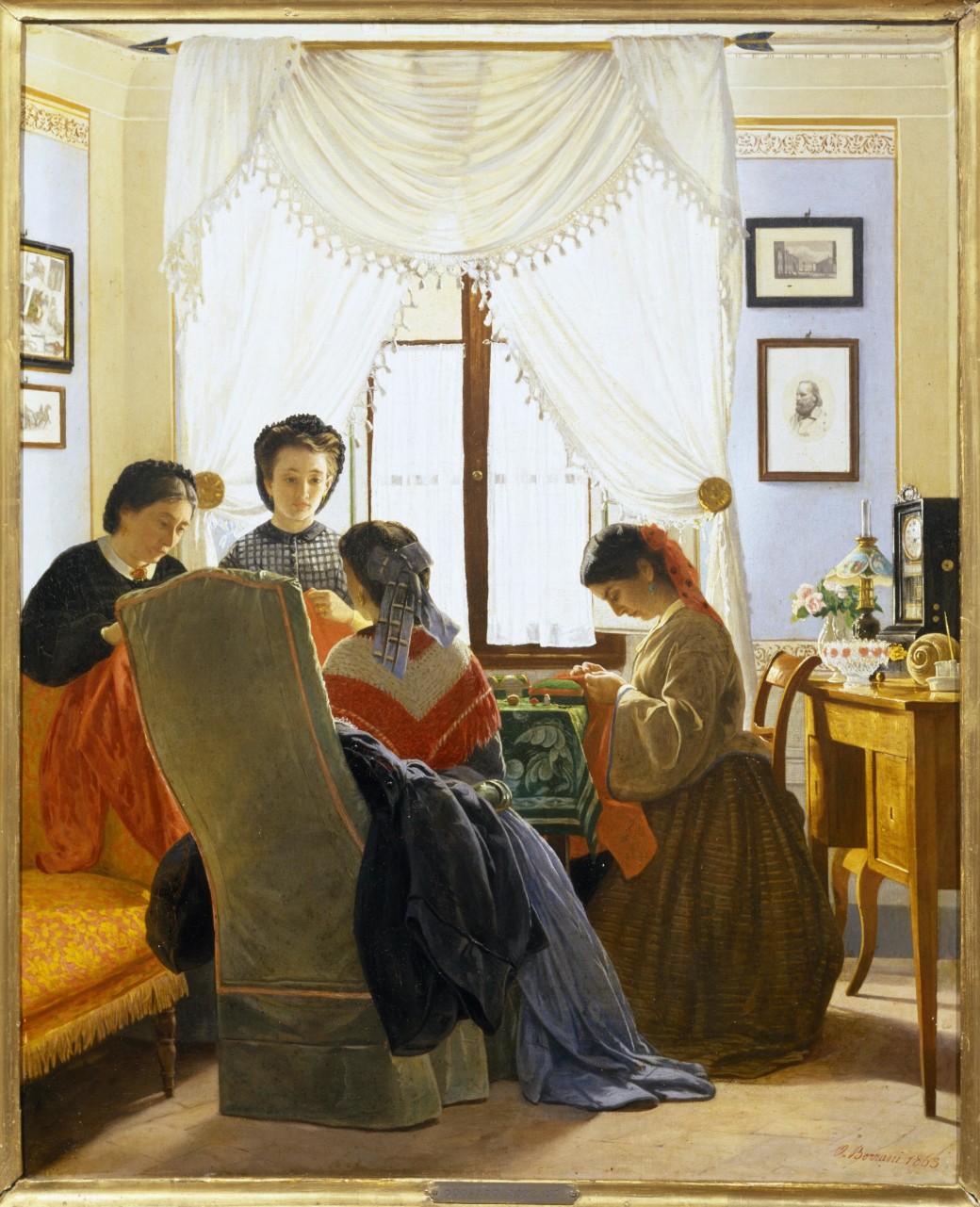 Borrani Cucitrici di camicie rosse
Borrani Cucitrici di camicie rosseThe exhibition at Palazzo Blu brings together the 'key' works of this itinerary in order to cadence the different moments of the Macchiaioli's research, their confrontation with other artists and with the different European schools of painting; their bewilderments, their ability to collectively question themselves and to steer the rudder, if necessary, to continue along the road of progress and modernity without ever abandoning the main road of light.
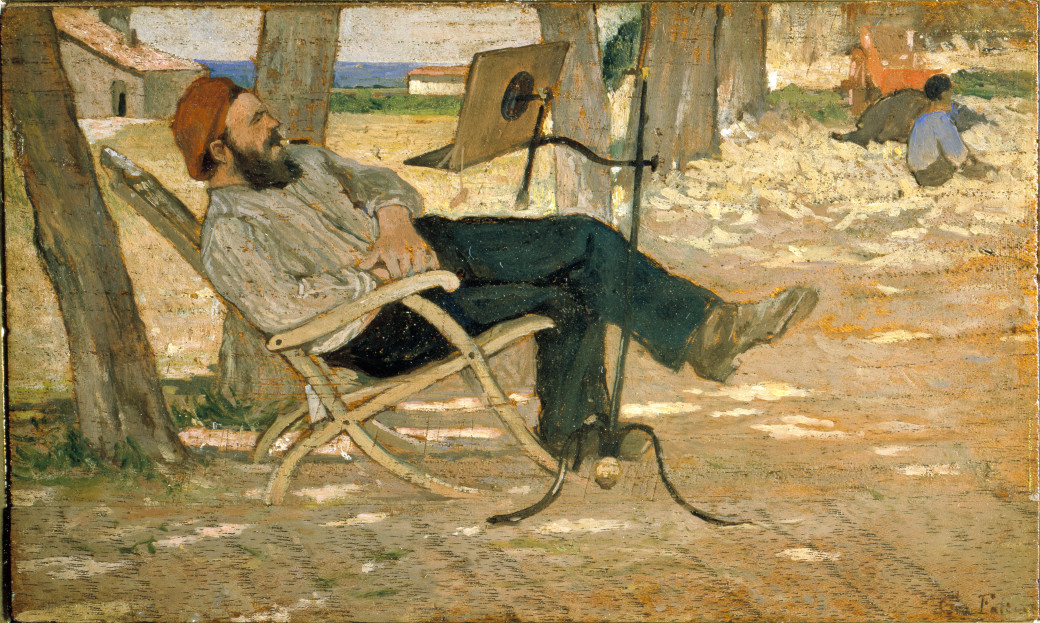 Fattori Diego Martelli a Castiglioncello
Fattori Diego Martelli a Castiglioncello
The story begins, in the first section, in the Florentine Caffè Michelangelo, where the first Tuscan Macchiaioli arrived in 1855, soon to be joined by others from the rest of Italy. Their aim was to express their current feeling of young men animated by deep patriotic and artistic ideals through more modern and shared art forms. The exhibition continues through the changing scenarios (section 2), starting with the Universal Exhibition in Paris in 1855. There is also a different look at contemporary reality (section 3) and figure painters. Also on show is the theme of the Second War of Independence (section 4), which provokes the Tuscan progressives to reflect on their special relationship with the epic of the Risorgimento. The fifth section is dedicated to Cabianca's painting Il mattino (The Morning), exceptionally in Pisa for the first time after 160 years since its exhibition at the Promotrice di Torino in 1861. In the following sections we pass through the evocative places and atmospheres of Liguria, Upper Tuscany and Castiglioncello. At the end of 1866, the Caffè Michelangelo closed its doors, and in January 1867, the first issue of the Gazzettino delle arti del disegno, founded and directed by Diego Martelli, was published. With 1870, the group activity of the Macchiaioli came to an end.






